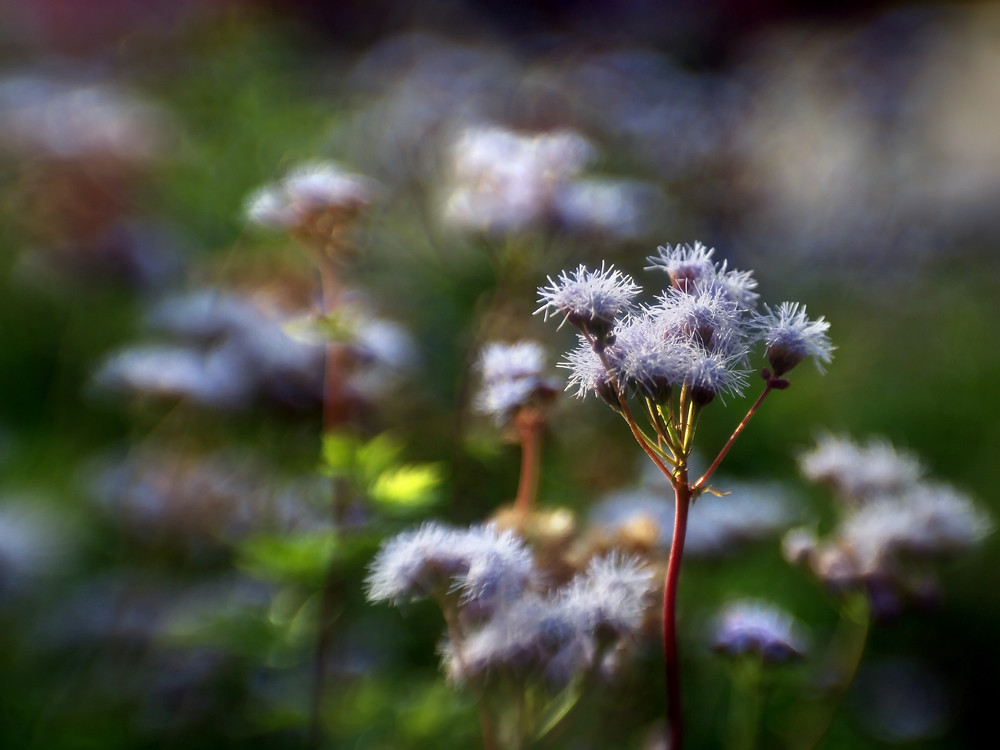How to Grow and Care for Gregg’s Mistflower in Florida
Gregg’s Mistflower, also known as Conoclinium greggii, is a perennial wildflower native to Florida and other southeastern states. It is valued for its beautiful clusters of lavender-blue flowers that attract butterflies and other pollinators. Here are some guidelines for growing and caring for Gregg’s Mistflower in Florida:
- Planting time: Gregg’s Mistflower can be planted in Florida throughout the year, but it is best to plant it in spring or fall when temperatures are milder.
- Sunlight requirements: Gregg’s Mistflower thrives in full sun to partial shade. It prefers at least six hours of direct sunlight per day for optimal growth and flowering.
- Soil requirements: This wildflower prefers well-draining soil with moderate fertility. Amend heavy clay soils with organic matter to improve drainage. It can tolerate a range of soil types, including sandy soils.
- Watering: While Gregg’s Mistflower is drought-tolerant once established, it benefits from regular watering during the first growing season to encourage root establishment. Water deeply and then allow the soil to dry out slightly before watering again. Once established, it can withstand periods of drought.
- Mulching: Applying a layer of organic mulch around the base of the plants can help conserve moisture, suppress weed growth, and maintain more consistent soil temperatures.
- Pruning: To promote bushier growth and encourage more flowers, you can prune Gregg’s Mistflower in late winter or early spring before new growth emerges. Cut back the stems to about 6-8 inches above the ground.
- Fertilization: Gregg’s Mistflower generally does not require heavy fertilization. If needed, a balanced slow-release fertilizer can be applied in early spring following the package instructions.
- Pests and diseases: This wildflower is relatively resistant to pests and diseases. However, keeping the plants well-spaced and providing good air circulation can help prevent issues like powdery mildew.
- Propagation: Gregg’s Mistflower can be propagated from seeds or by dividing mature clumps. Collect seeds after the flowers have faded and sow them in a well-prepared seedbed. Division can be done in early spring or fall by carefully separating the root clumps and replanting them.
- Attracting pollinators: Gregg’s Mistflower is known for attracting butterflies, bees, and other pollinators. By planting it in your garden, you can help support local pollinator populations.
Remember to check for any specific local regulations or restrictions regarding the planting of native plants in your area. Additionally, observing the plant’s growth and adapting care practices accordingly can help ensure its successful establishment and ongoing health.

Gregg’s Mistflower
